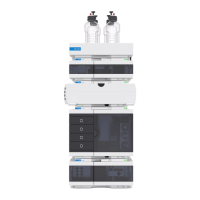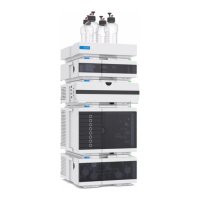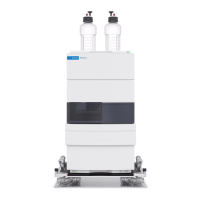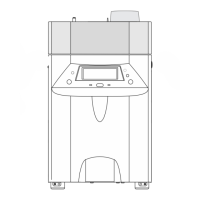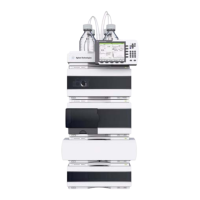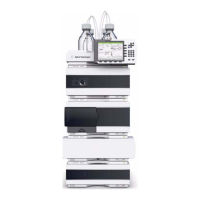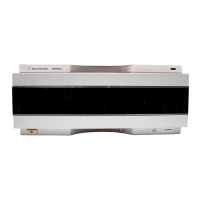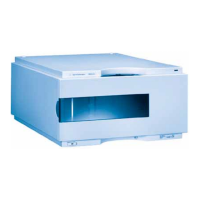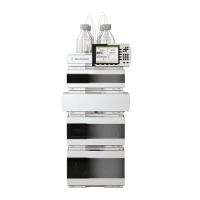66 1260 Infinity II Analytical-Scale & Bio-inert Fraction Collector User Manual
4
Preparing the Fraction Collector
Solvent Information
chromatography method allows, by phosphoric acid or phosphate buffer
which are less corrosive against stainless steel).
• Halogenated solvents or mixtures which form radicals and/or acids, for
example:
2 CHCl
3
+ O
2
→ 2 COCl
2
+ 2 HCl
This reaction, in which stainless steel probably acts as a catalyst, occurs
quickly with dried chloroform if the drying process removes the stabilizing
alcohol.
• Chromatographic grade ethers, which can contain peroxides (for example,
THF, dioxane, di-isopropylether). Such ethers should be filtered through
dry aluminium oxide which adsorbs the peroxides.
• Solutions of organic acids (acetic acid, formic acid, and so on) in organic
solvents. For example, a 1 % solution of acetic acid in methanol will attack
steel.
• Solutions containing strong complexing agents (for example, EDTA,
ethylene diamine tetra-acetic acid).
• Mixtures of carbon tetrachloride with 2-propanol or THF.
Titanium (Ti)
Titanium is highly resistant to oxidizing acids (for example, nitric, perchloric
and hypochlorous acid) over a wide range of concentrations and temperatures.
This is due to a thin oxide layer on the surface, which is stabilized by oxidizing
compounds. Non-oxidizing acids (for example, hydrochloric, sulfuric and
phosphoric acid) can cause slight corrosion, which increases with acid
concentration and temperature. For example, the corrosion rate with 3 % HCl
(about pH 0.1) at room temperature is about 13 µm/year. At room
temperature, titanium is resistant to concentrations of about 5 % sulfuric acid
(about pH 0.3). Addition of nitric acid to hydrochloric or sulfuric acids
significantly reduces corrosion rates. Titanium is sensitive to acidic metal
chlorides like FeCl
3
or CuCl
2
. Titanium is subject to corrosion in anhydrous
methanol, which can be avoided by adding a small amount of water (about
3 %). Slight corrosion is possible with ammonia > 10 %.
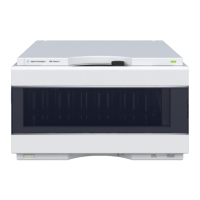
